Clinical conundrum; double data; mission control
Some say a focus on basic neuroscience is crushing clinical research, a gene database gets a big upgrade, and Autism Speaks revises its goals.
Some say a focus on basic neuroscience is crushing clinical research, a gene database gets a big upgrade, and Autism Speaks revises its goals.
It’s been 50 years since the first description of Rett syndrome, a hodgepodge of supplements sickens a boy with autism, and gender stereotypes make it hard to spot girls on the spectrum.
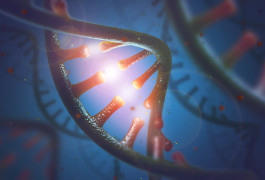
A new tool allows researchers to identify thousands of genome errors in dozens of people at once.
Genetics giant Craig Venter wants to sequence 2 million genomes, CRISPR pioneer Emmanuelle Charpentier just wants to work, and the online building game Minecraft helps people with autism socialize.
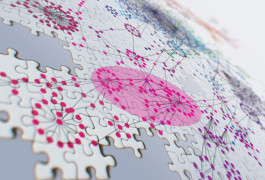
A new online tool reveals how different types of DNA sequences work together to regulate gene expression.

Genetic variants linked to autism influence social skills in people without the condition, supporting the notion that autism lies along a continuum of typical traits.
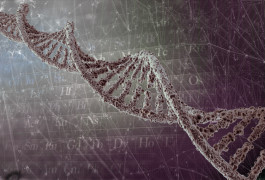
Using a new genetic approach, researchers are finding shared risk factors for seemingly unrelated conditions, ranging from autism to obesity.
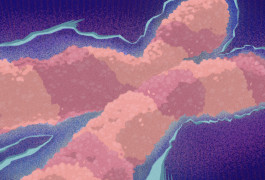
Identifying the factors that protect girls from autism may help us understand and possibly treat the disorder.
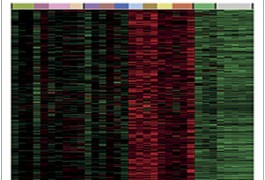
DNA sequences called enhancers — which boost the expression of genes from within or outside them — are enriched for genetic variants linked to autism, suggests a new study. The finding may help researchers understand how variants outside genes contribute to autism.
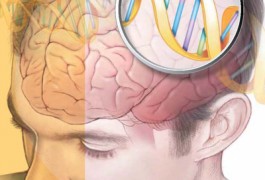
A new resource reveals that gene expression varies more across tissues in one person than it does in the same tissue type among individuals. The findings, described 8 May in Science, indicate that the brain’s gene expression signature is unique.